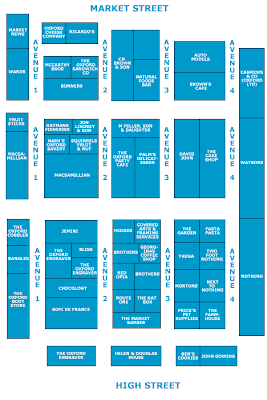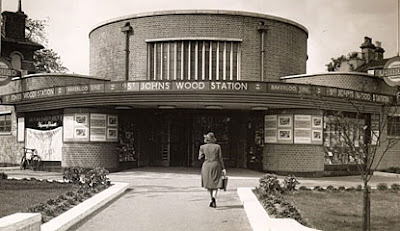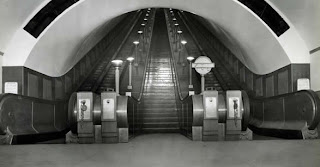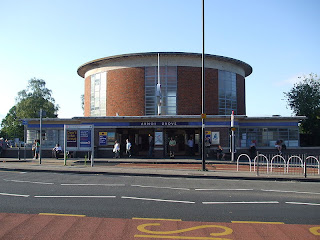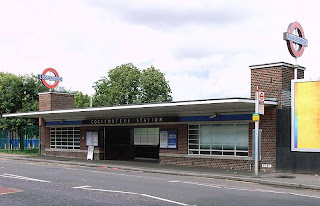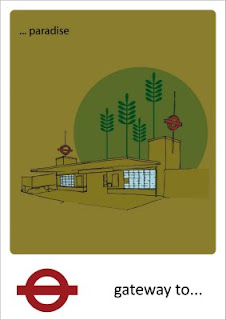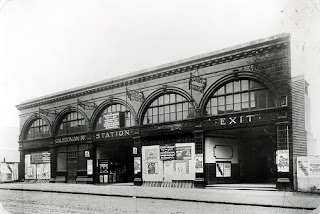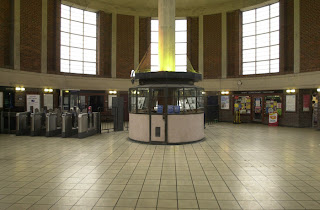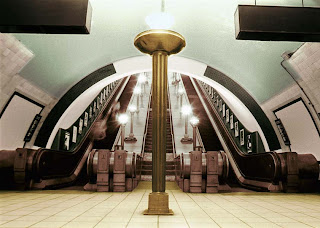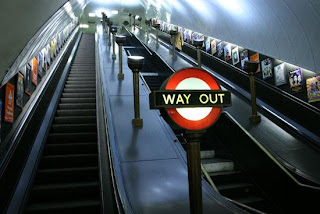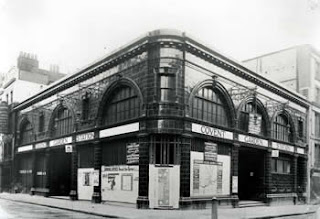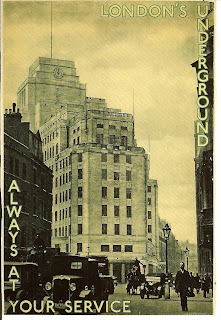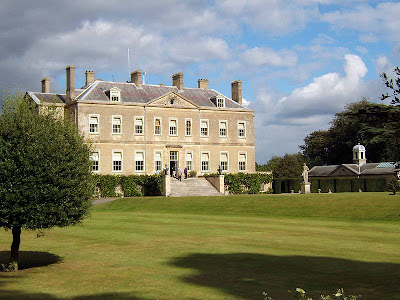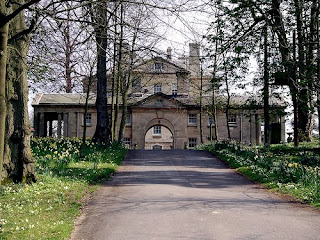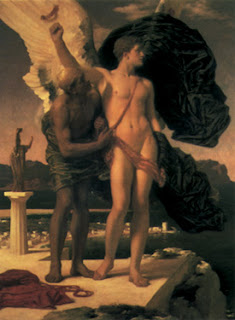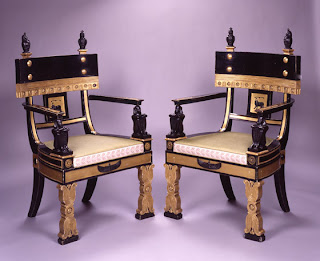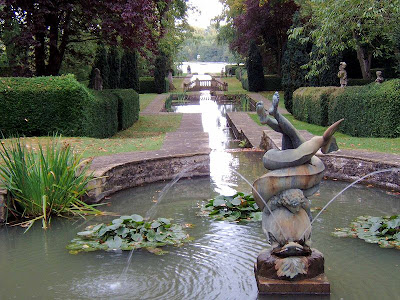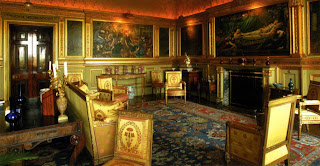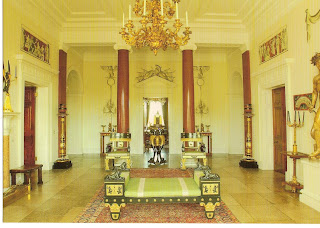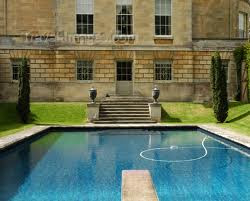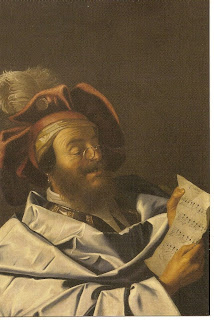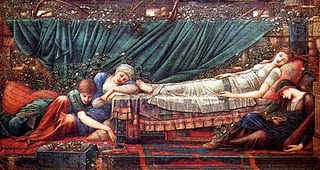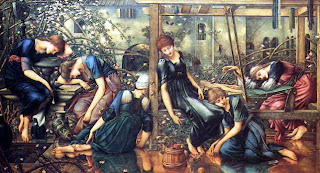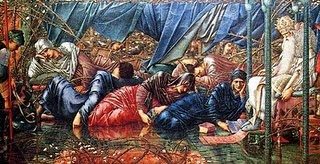In the centre of the University City of Oxford off the High Street you go through lanes and passageways to find the perfect antidote to Clone Town Britain, Oxford’s Covered Market. Full of colour, enterprise and activity it is coveted both by the Town and Gown; The citizens of Oxford and the great floating population of students, staff and visitors to its Universities. The Covered Market offers shops and Cafes run by real people for real people selling real stuff often sourced locally! So you will find butchers, bakers, fishmongers, greengrocers, craft and clothes shops and much more along with friendly Cafes not to mention Moo-Moo's Milkshakes which serves 165 different flavours!
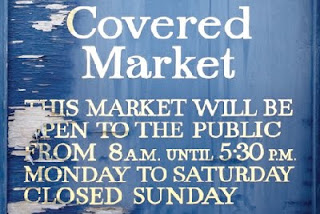
Oxford’s Covered Market was officially opened on 1 November 1774 and is still going strong today. Originally its width corresponded to the elegant and balanced frontage of the houses (now shops) at 13, 14, 15, and 16 High Street, which were rebuilt in 1774. The Covered Market was started in response to a general wish to clear up the untidy mess and unsavoury stalls of traders from the main streets.
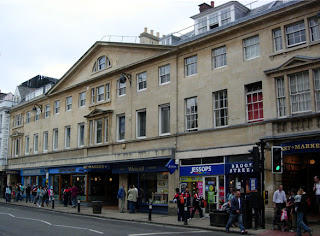
John Gwynn, the architect of Magdalen Bridge, drew up the plans and designed the High Street front with its four entrances. In 1772, the newly-formed Market committee, half of whose members came from the town and half from the university, accepted an estimate of nine hundred and sixteen pounds ten shillings, for the building of twenty butchers' shops. Twenty more soon followed, and after 1773 meat was allowed to be sold only inside the market. From this nucleus the market grew, with stalls for garden produce, pig meat, dairy products and fish.
Pieminster Pie shop
Oxford has had a market probably since the late ninth century, when the town was fortified, or perhaps earlier, but the first written reference is found in twelfth century records. It started at Carfax (the main crossroads) and spread along adjoining streets. Land at the town centre was expensive, and so the shops here had narrow frontages, barely two metres wide. This small size makes it easier to believe that there were, at one time, forty seven tailors shops in Oxford! Shops then were workshops where goods were made to order, rather than stores; except perhaps the spicers shops which were more like our grocers today.
In the Middle Ages, goldsmiths, mercers (cloth merchants) and tanners used to trade in shops on or near the site of today’s Covered Market. There were some academic halls (student hostels) here too. Butchers stalls were set up in High Street and Butchers Row (now Queen Street). So many traders existed in and around the centre that travelling through the town must have become increasingly difficult as more and more people were attracted to the market, and in 1771 the Mileways Act condemned the remains of medieval street trading in High Street and St Aldates.
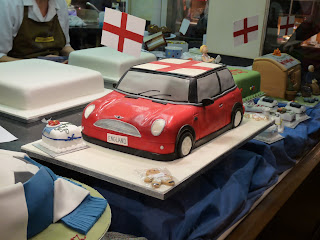
The Oxford made Mini in cake in the Covered Market
Life will be better when we get out of here?
The earliest stalls were in colonnaded blocks: the high-raftered roofs of today are the outcome of nineteenth century rebuilding. Some stalls are used as single units but many traders have expanded their businesses and taken over several tenancies. Today you can still buy a great selection of meat and fish here, and numerous cheeses, but the scope of trading has enlarged since the early days. Fruit and vegetable stalls still make colourful displays but much of the produce is now imported from all over the world. You will find all sorts of goods, clothes, records, pine furniture and much, much, more.

As with many a market, its smells are part of the atmosphere. It may be the smell of fresh ground coffee that draws you in for refreshment, but it could be the attractive displays of the tenants, flowers, fruit, and so on that prompts you to look for the unexpected or special gift. If the spice of life is variety, then it will be seen here.
Diversity on a cake
From the wide variety of outlets let me pick out some personal favourites. The Oxford Cake Shop is located within the historic Covered Market and is a focal point for many of the guided walking tours that pass through the city as well as providing locals and tourists with an opportunity to watch skilled cake artists at work. Their cakes are unique, combining superb craftsmanship and imagination with a very definite sense of humour. Their display never fails to make me smile.
The Royal Wedding Cake
http://www.the-cakeshop.co.uk
Hayman’s Fisheries was opened by Charles Hayman in 1928 who continued to work in the business until his retirement in the late 1960s. Its large homidorium filled with live crabs and lobsters is always an eye catcher but it specialises in fresh British indoor fish and has a large wholesale business supplying the colleges and catering outlets in Oxford.
http://www.haymansfisheries.co.uk
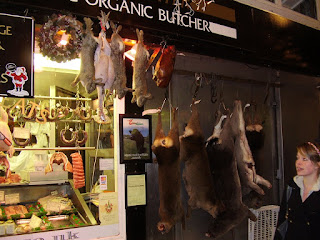
M. Feller, Sons and Daughter.
The wonderfully titled butchers “M. Feller, Son & Daughter” whose equally wonderful slogan is “In nature we trust" is a superb organic butcher’s whose display coming up to Christmas of plump turkeys is a sight to behold. It always has a large display of Fowl and Game including Deer and Wild Boar at Xmas. Many a kid is shocked passing by when they find out what really happened to Bambi!
http://mfeller.co.uk
The Oxford Cheese company is the nearest you will get to a French Fromagerie in England and like all real cheese shops there is no need to ask questions; just inhale and taste! It has a great selection always well presented in good condition.
http://www.oxfordfinefood.com/oxford-organix-ltd.html/
Ben’s Cookies, founded by Helge Rubenstein, an avowed chocoholic, in 1983 now has 11 stores but the outlet in the Covered Market was their first. The Oxford public are a partisan bunch but many agree with their opinion that Ben’s are just the best cookies you can get, often straight out od the in-shop oven.
http://www.benscookies.com
My own personal favourite is another family run business called Moo-Moo's. It offers a mind boggling range of 165 different flavours of shakes and smoothies. Set up by Jason and Bina in 2006 moo-moo's has gained a cult following and status. It is popular amongst the students, tourists and locals alike, offering a wide range of chilled fruit smoothies to milkshakes made with ice-cream and blended with the favourite ingredient of your choice. The name moo-moo's was chosen for the business because their oldest daughter "India" when she was a little child used to call her milky drinks "moo moo’s” she is now 14 years old!! My own personal favourite? None other than the rhubarb and custard milk shake. Oh, I’m glad I told you that! The pressure of keeping it a secret was getting to me!
165 Flavours!
http://www.moo-moos.co.uk/
There are many good cafes and coffeshops in the Market so there are no shortage of pit shop opportunities and being frequented year round by students and natives they are generally good value. My own favourite is the unpretentious Browns Café run by a charming and hard working Portuguese couple.
Do make a point of visiting the Covered Market and supporting independent retailers when you are in Oxford. Outside the Market Oxford sadly is very much part of Clone Town Britain with the High Street and the Centres dominated by Identikit chains. In the Covered Market it has the real deal, a most enjoyable splash of colour and atmosphere run by independent retailers providing the type of shopping experience “Real “ people can relate to. A compulsory stop on any visit to the City of the Dreaming Spires.
For more info and market opening times see;
http://www.oxford-covered-market.co.uk
See also; Oxford Rambles
http://daithaic.blogspot.com/2010/05/oxford-rambles.html
